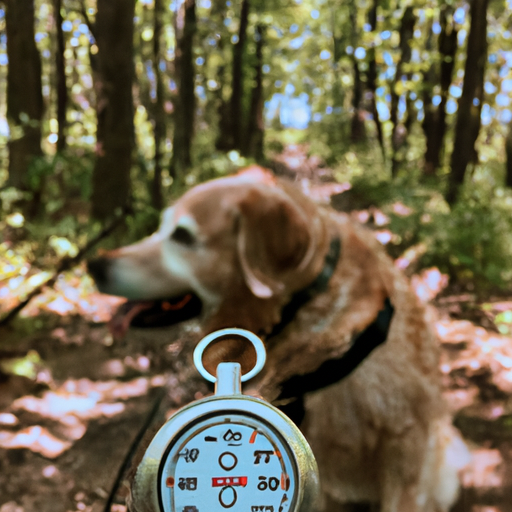As a caregiver, you’re probably always wondering how to best attend to your furry friend’s needs. One of the most common questions is, “How long should a dog walk be?”. This article will provide you with detailed insights to help you make the best decision for your pet’s health and happiness.
Why Walking Your Dog is Important
Walking your dog is much more than a simple exercise; it’s an integral part of their health and well-being.
- Physical Health: Regular walks help keep your dog’s weight in check, strengthen their muscles and keep their joints flexible.
- Mental Stimulation: Walks offer an opportunity for your dog to explore the world, stimulating their senses and keeping their mind sharp.
- Bonding: Walking your dog regularly fosters a strong bond between you two, reinforcing your role as the pack leader.
Factors Influencing the Length of Dog Walks
The length of a dog walk varies significantly based on the following factors:
- Age: Puppies and older dogs don’t have as much energy as young adults.
- Breed: Some breeds require more exercise than others.
- Health: A dog’s current health status can affect their ability to exercise.
Understanding Your Dog’s Exercise Needs by Age
Puppies
Puppies are bundles of energy but their little bodies can’t handle long walks. A good rule of thumb is a ratio of five minutes exercise per month of age up to twice a day.
| Age (months) | Recommended Walk Duration (minutes) | Times per Day |
|---|---|---|
| 3 | 15 | 2 |
| 4 | 20 | 2 |
| 5 | 25 | 2 |
Adult Dogs
Most adult dogs should participate in some form of physical activity for at least 30 minutes to two hours daily.
Senior Dogs
Senior dogs may not require as much exercise, but they still benefit from regular shorter walks. Instead of one long walk, multiple shorter walks can be beneficial.
Understanding Your Dog’s Exercise Needs by Breed
Different breeds have varying activity levels.
- High-energy breeds (like Border Collies and Labrador Retrievers) require more than 2 hours of exercise per day.
- Medium-energy breeds (like English Bulldogs and Bichon Frises) need about 1 hour of exercise daily.
- Low-energy breeds (like Basset Hounds and Shih Tzus) require approximately 30 minutes to 1 hour of exercise per day.
Health Considerations
Always consider your dog’s health. Overweight dogs may need more exercise to shed those extra pounds. If your dog has a health condition, consult your vet to determine the appropriate amount of exercise.
Making Walks Enjoyable for Your Dog
Here are a few tips to make walks enjoyable:
- Keep a brisk pace to help your dog burn off energy.
- Change your route occasionally to provide new smells and sights.
- Use walks as a training opportunity.
FAQs
Should I walk my dog every day?
Yes, daily walks are important for your dog’s health and well-being.
What if my dog doesn’t like walks?
Try to make walks enjoyable and rewarding for your dog. If they still resist, consult with a professional dog trainer.
How can I tell if my dog is getting enough exercise?
If your dog is restless or engages in destructive behavior, they might not be getting enough exercise.
What if my dog is too old or sick for walks?
Consult with your vet. They can recommend suitable exercises or physical therapy that can help your dog stay active without causing discomfort.
In conclusion, the length of a dog walk depends on several factors, including your dog’s age, breed, and health status. As a caregiver, it’s important to understand and cater to your dog’s unique needs to ensure they lead a happy, healthy life.



